Home>Ideas and Tips>Home Gym Wall Ball Target: DIY CrossFit-Style Workout Station
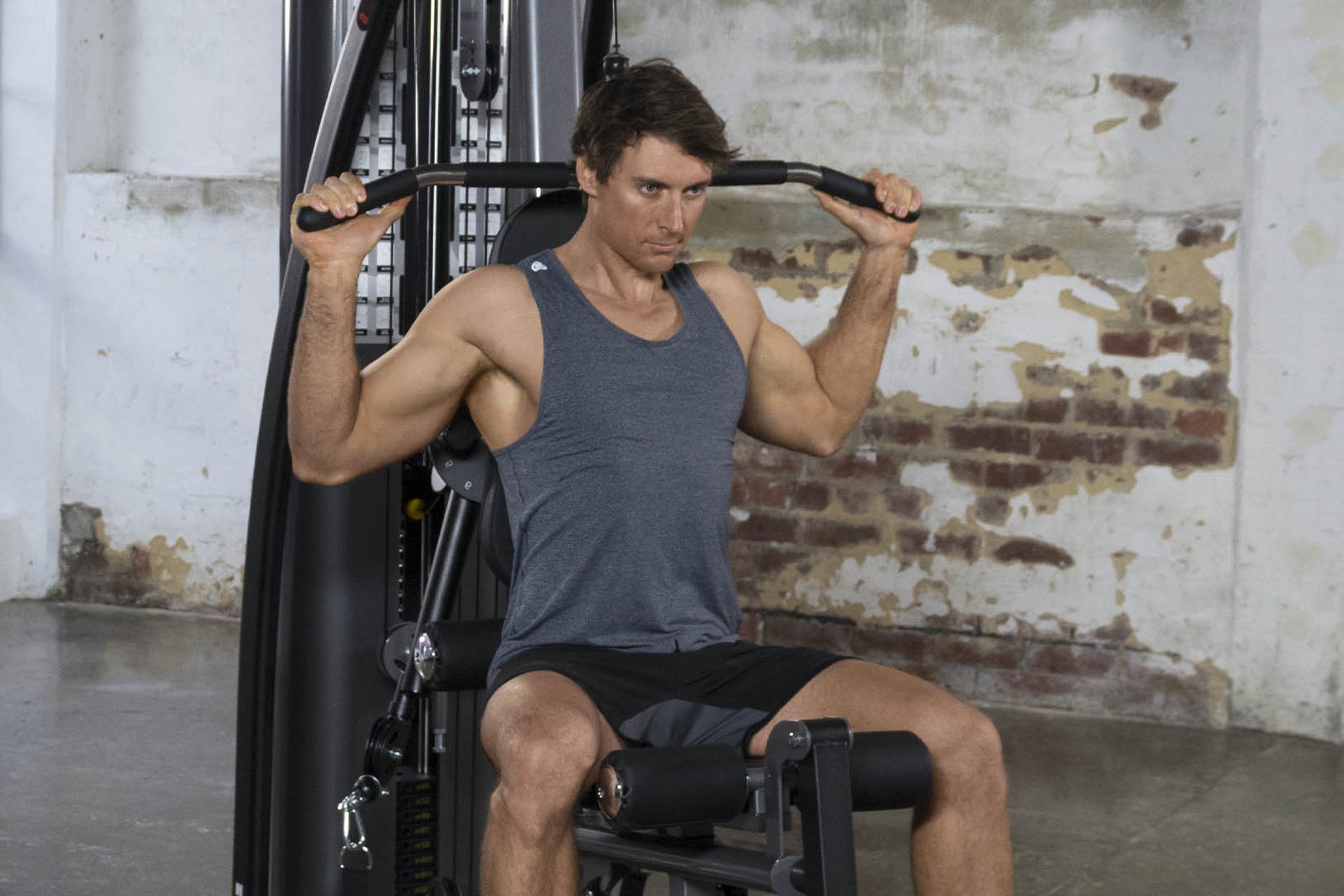

Ideas and Tips
Home Gym Wall Ball Target: DIY CrossFit-Style Workout Station
Published: September 3, 2024
Create a DIY wall ball target for your home gym with our step-by-step guide. Perfect for CrossFit-style workouts, even in spaces with low ceilings.
(Many of the links in this article redirect to a specific reviewed product. Your purchase of these products through affiliate links helps to generate commission for Storables.com, at no extra cost. Learn more)
Introduction
In the world of CrossFit, wall balls are a staple movement that can be both challenging and rewarding. However, setting up a wall ball target in your home gym can be tricky, especially if you have limited space or a low ceiling. In this article, we will guide you through the process of creating a DIY wall ball target that can be integrated into your home gym, providing you with a versatile and effective CrossFit-style workout station.
Understanding Wall Balls
Before we dive into the DIY project, it's essential to understand what wall balls are and how they are performed. Wall balls are a type of exercise that involves throwing a weighted ball against a wall and then catching it in a squat position. This movement requires coordination, strength, and endurance, making it an excellent addition to any CrossFit workout routine.
Key Components of Wall Balls
- Weighted Ball: The ball used for wall balls is typically heavy, ranging from 10 to 20 pounds (4.5 to 9 kg), depending on the individual's fitness level and the specific workout.
- Wall Target: The wall target is where the ball is thrown against. It can be a standard 10-foot (3 meters) high target or adjusted to lower heights for scaling.
- Squat Position: The squat position involves catching the ball in a deep squat, ensuring proper form and engaging the legs, core, and shoulders.
Challenges in Setting Up a Home Gym Wall Ball Target
One of the primary challenges in setting up a wall ball target in your home gym is the ceiling height. Most standard wall ball targets require a minimum ceiling height of 10 feet (3 meters) to accommodate the full range of motion. However, many home gyms have lower ceilings, making it difficult to use traditional wall ball targets.
Solutions for Low Ceiling Heights
-
Adjustable Height Target:
- One solution is to use an adjustable height target. This can be achieved by placing the target at a lower height, such as 8.5 feet (2.6 meters), and using a heavier ball to compensate for the reduced distance.
- Another option is to use a target with an adjustable height mechanism, allowing you to customize the height according to your ceiling.
-
Alternative Targets:
- If you cannot adjust the height of your target, consider using alternative targets like an old basketball goal or a makeshift target made from a sturdy material.
- For example, you could take an old basketball goal, remove the rim, and place it at a height that works for you. This can be an affordable and space-efficient solution.
-
Scaling the Movement:
- If you cannot achieve the full depth of a squat due to the low ceiling, you can scale the movement by reducing the height of the target or using a heavier ball.
- Another option is to perform thrusters instead of wall balls. Thrusters involve holding a weight overhead and then lowering it to your shoulders before standing up. This movement can be just as effective in building strength and endurance.
DIY Wall Ball Target Project
Creating a DIY wall ball target is a fun and rewarding project that can be tailored to your specific needs and space constraints. Here’s a step-by-step guide to building your own wall ball target:
Materials Needed
-
Plywood or MDF Board:
- A sturdy piece of plywood or MDF board will serve as the base of your target.
- Ensure it is large enough to accommodate the ball and provides a smooth surface for catching.
-
Foam or Rubber Padding:
- Add foam or rubber padding to the surface of the board for comfort and safety when catching the ball.
-
Adjustable Height Mechanism:
- If you want an adjustable height mechanism, you can use hinges and screws to create a foldable design that allows you to adjust the height easily.
-
Mounting Hardware:
- Use screws, nails, or brackets to mount the target securely to a wall or stand.
-
Weighted Ball:
- Choose a weighted ball that suits your fitness level and workout goals.
Instructions
-
Cutting the Plywood/MDF Board:
- Cut the plywood or MDF board into a rectangular shape with dimensions suitable for your space and needs.
-
Adding Foam/Rubber Padding:
- Attach foam or rubber padding to the surface of the board using adhesive or screws.
-
Creating an Adjustable Height Mechanism (Optional):
- If you want an adjustable height mechanism, attach hinges to one end of the board and secure them with screws. This will allow you to fold up or down depending on your desired height.
-
Mounting the Target:
- Use mounting hardware like screws, nails, or brackets to secure the target to a wall or stand.
-
Testing Your Target:
- Before starting your workout routine, test your target by throwing and catching the weighted ball several times to ensure it is stable and comfortable to use.
Tips for Effective Wall Ball Workouts
While setting up your DIY wall ball target is crucial, it's equally important to understand how to perform the movement effectively and safely:
Proper Form
-
Squat Position:
- Ensure you are in a deep squat position when catching the ball, with your butt below parallel to the ground.
- This will help you maintain proper form and engage your legs, core, and shoulders effectively.
-
Clearing Stroke:
- To reduce shoulder fatigue, use a clearing stroke when throwing the ball. Relax your arms after throwing and let them settle back into the catching position before catching the ball.
-
Efficiency:
- Focus on efficiency by minimizing unnecessary movements and maintaining a smooth throwing and catching motion.
-
Scaling the Movement:
- Scale the movement based on your fitness level or space constraints by adjusting the height of the target or using different weights.
Conclusion
Creating a DIY wall ball target for your home gym is an excellent way to incorporate CrossFit-style workouts into your routine without breaking the bank or compromising on space. By understanding the challenges associated with low ceiling heights and scaling the movement accordingly, you can ensure that your workouts remain effective and safe. Whether you choose to use an adjustable height mechanism or an alternative target like an old basketball goal, remember to focus on proper form and efficiency to get the most out of your wall ball workouts.
Additional Resources
For further guidance on mastering wall balls and improving your CrossFit performance, consider checking out resources like WODprep's Ultimate Guide to Wall Balls. This guide provides detailed tips on technique, scaling, and efficiency, helping you to master this challenging yet rewarding movement.
By following these steps and tips, you'll be well on your way to creating a versatile and effective home gym workout station that will help you achieve your fitness goals in no time
Was this page helpful?
At Storables.com, we guarantee accurate and reliable information. Our content, validated by Expert Board Contributors, is crafted following stringent Editorial Policies. We're committed to providing you with well-researched, expert-backed insights for all your informational needs.
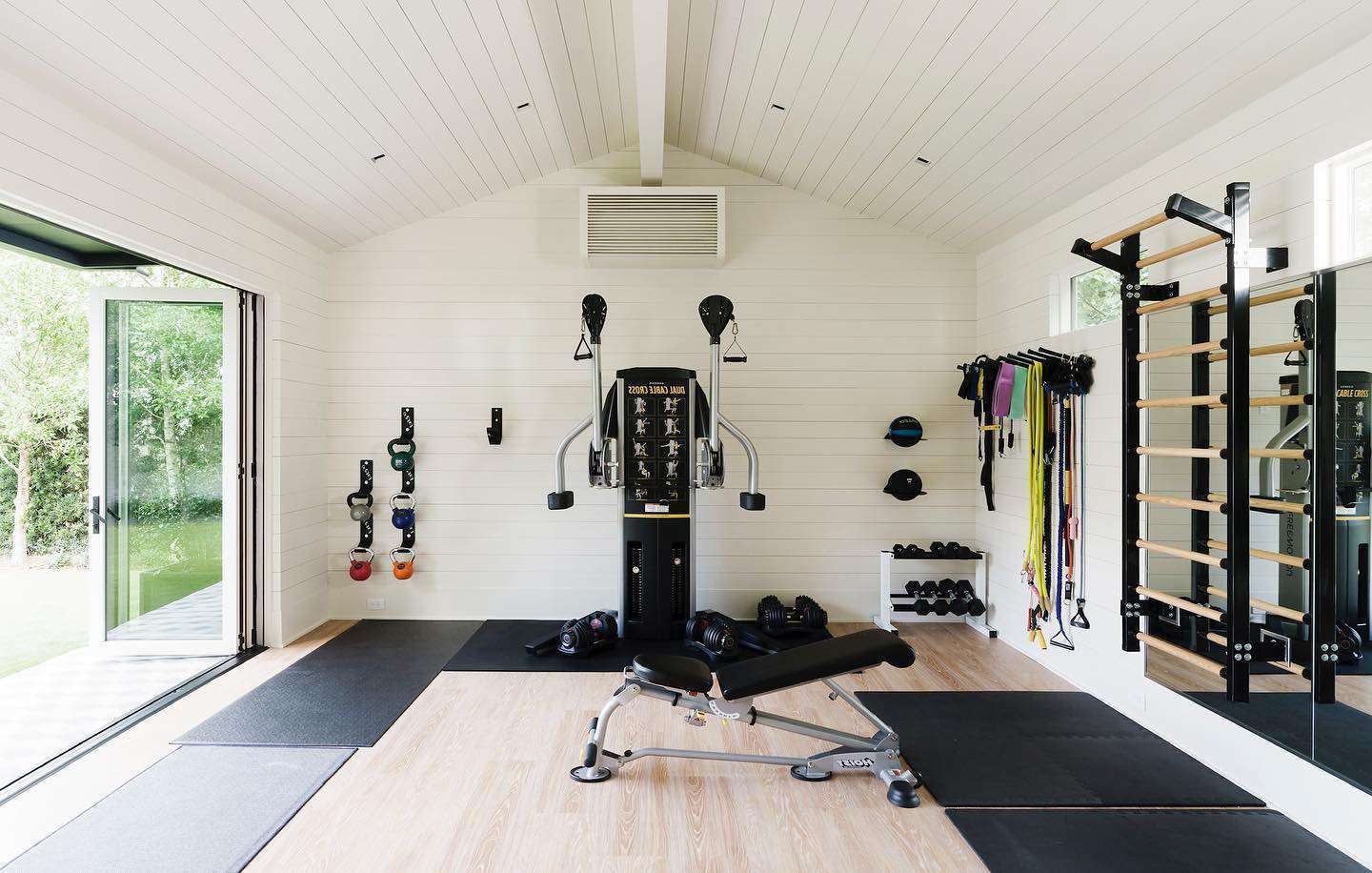
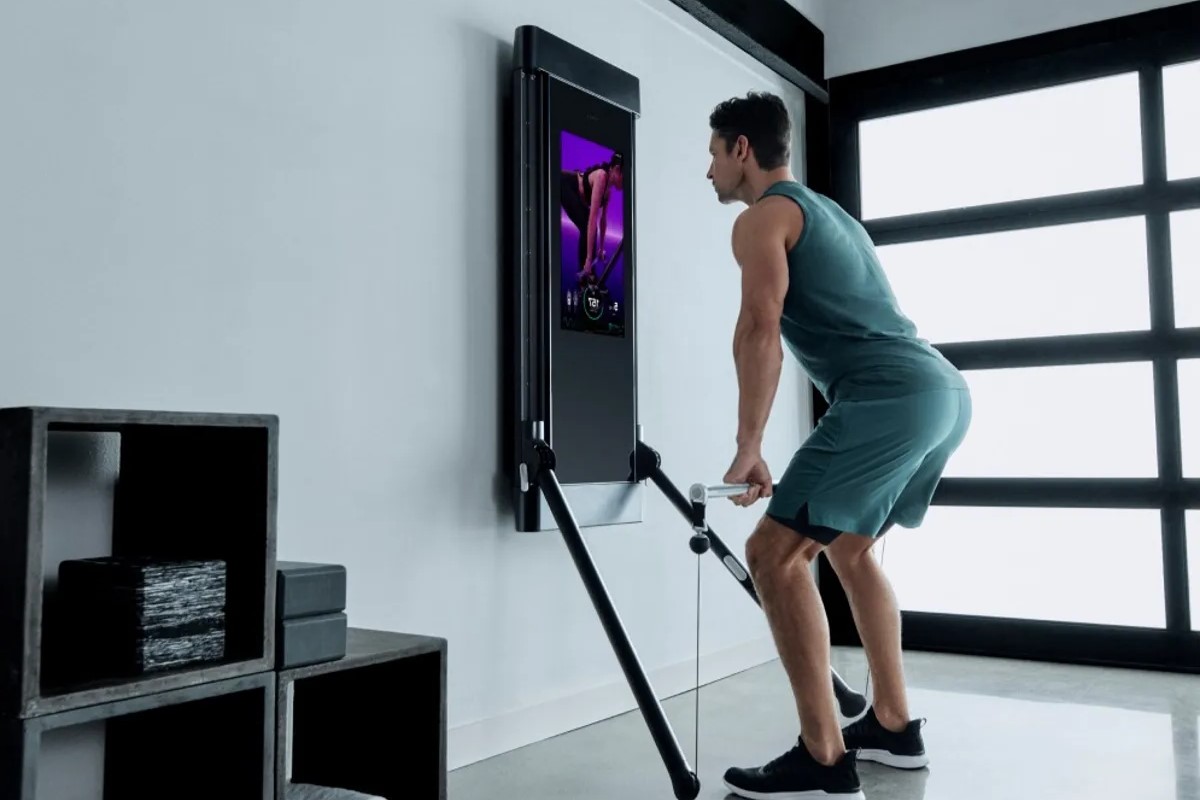
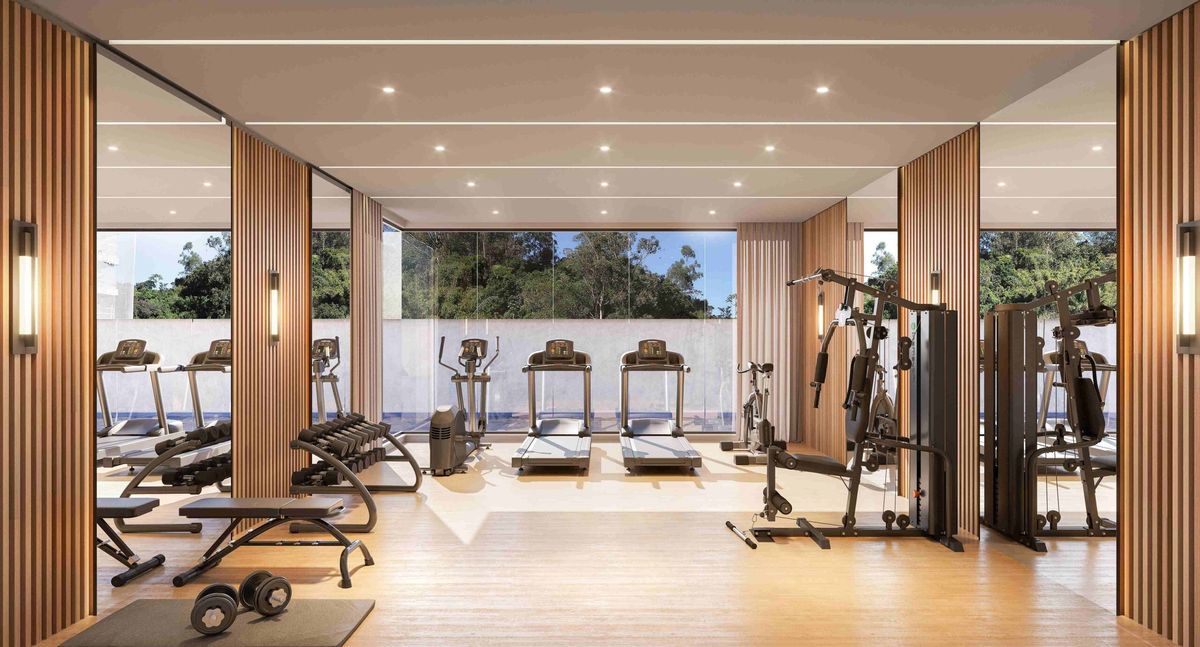
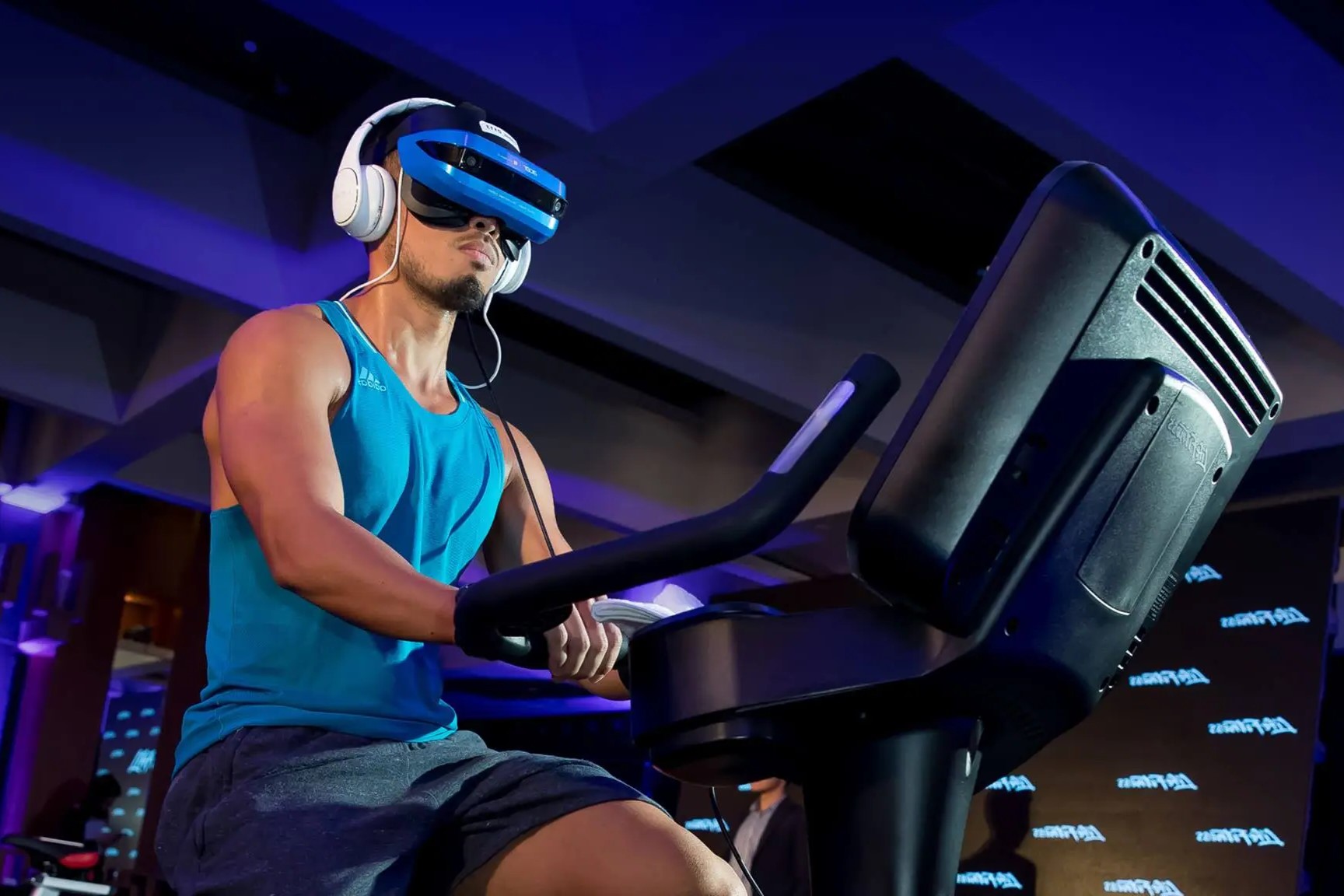
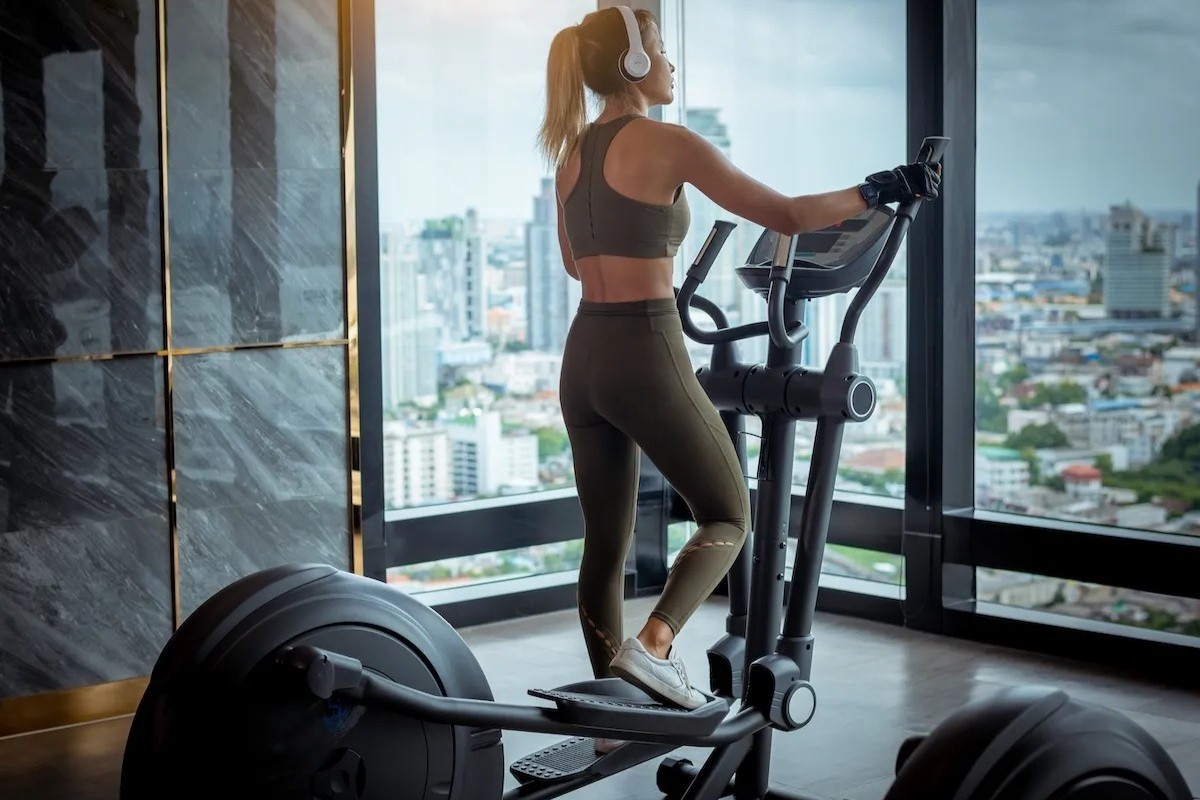
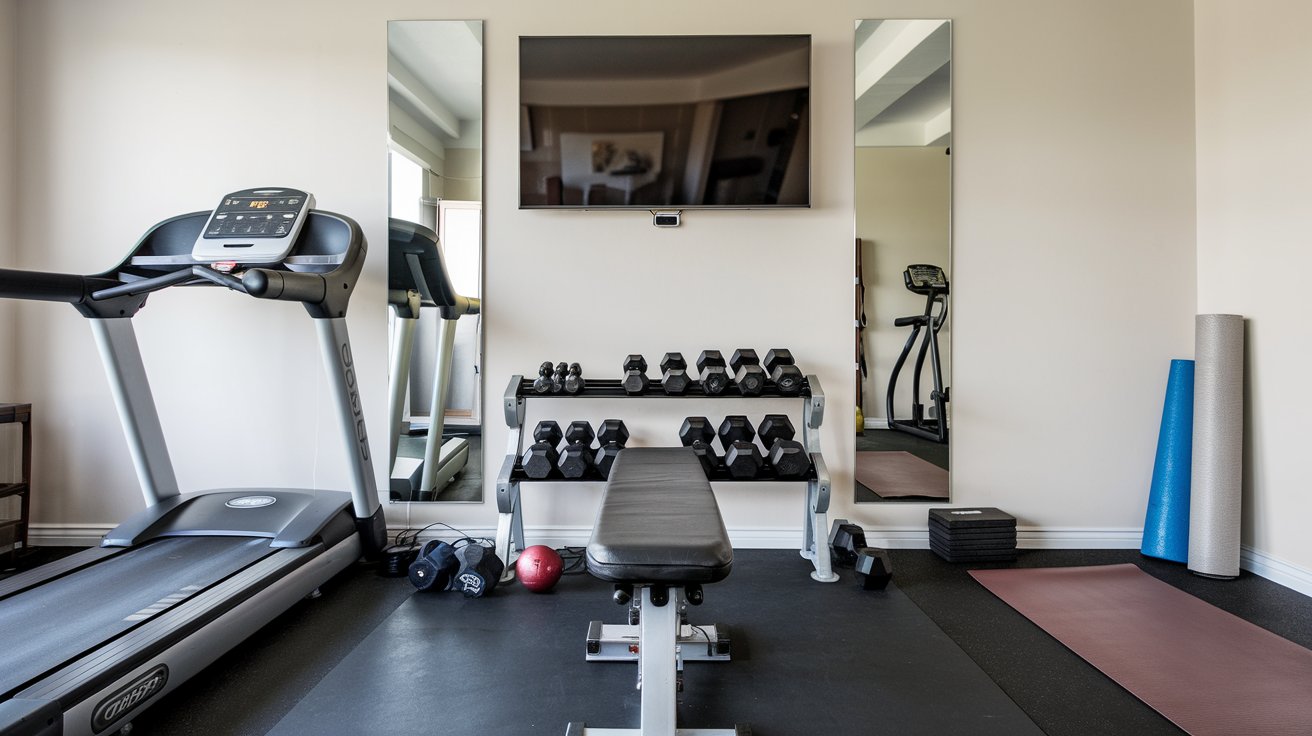
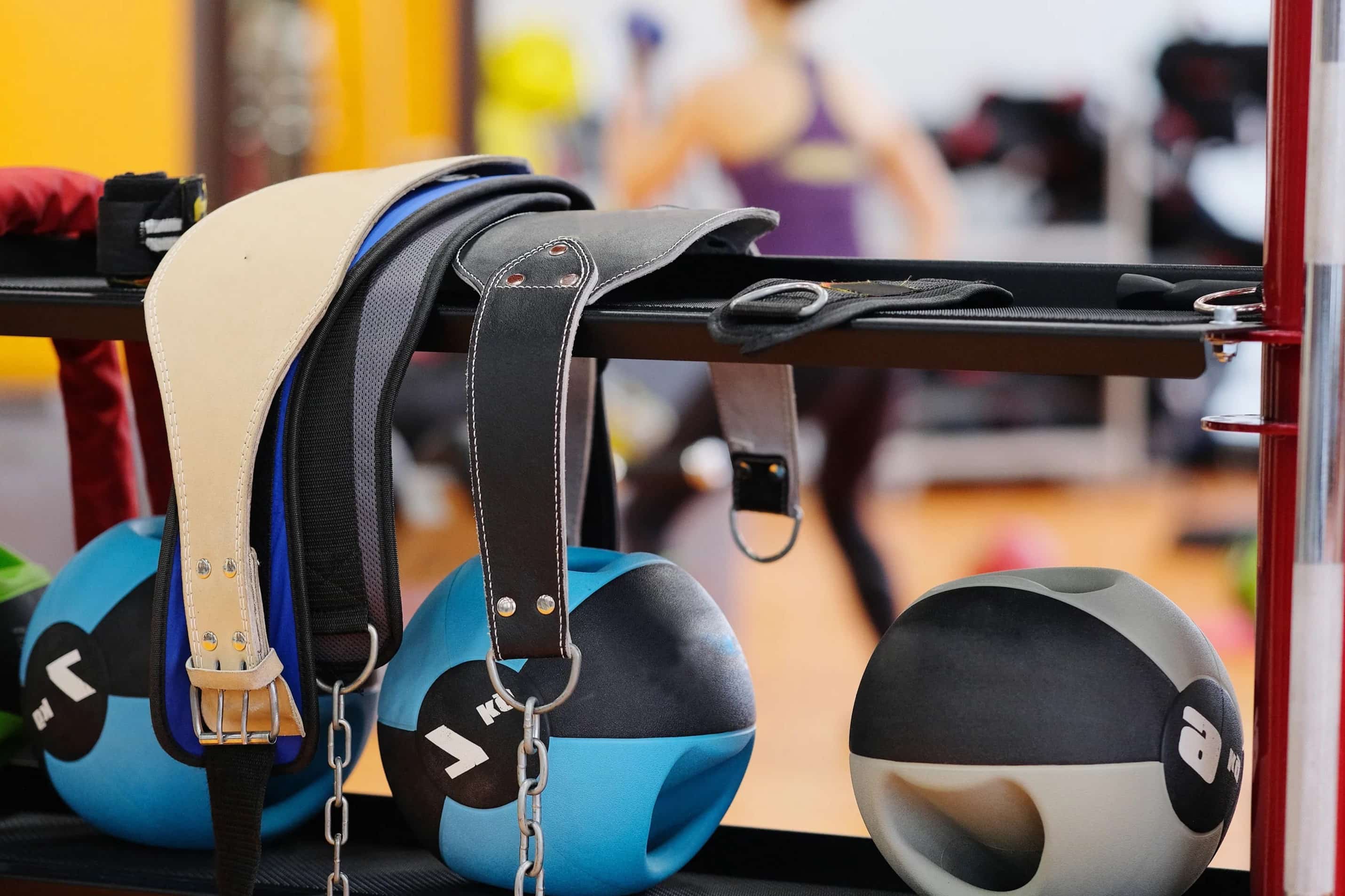
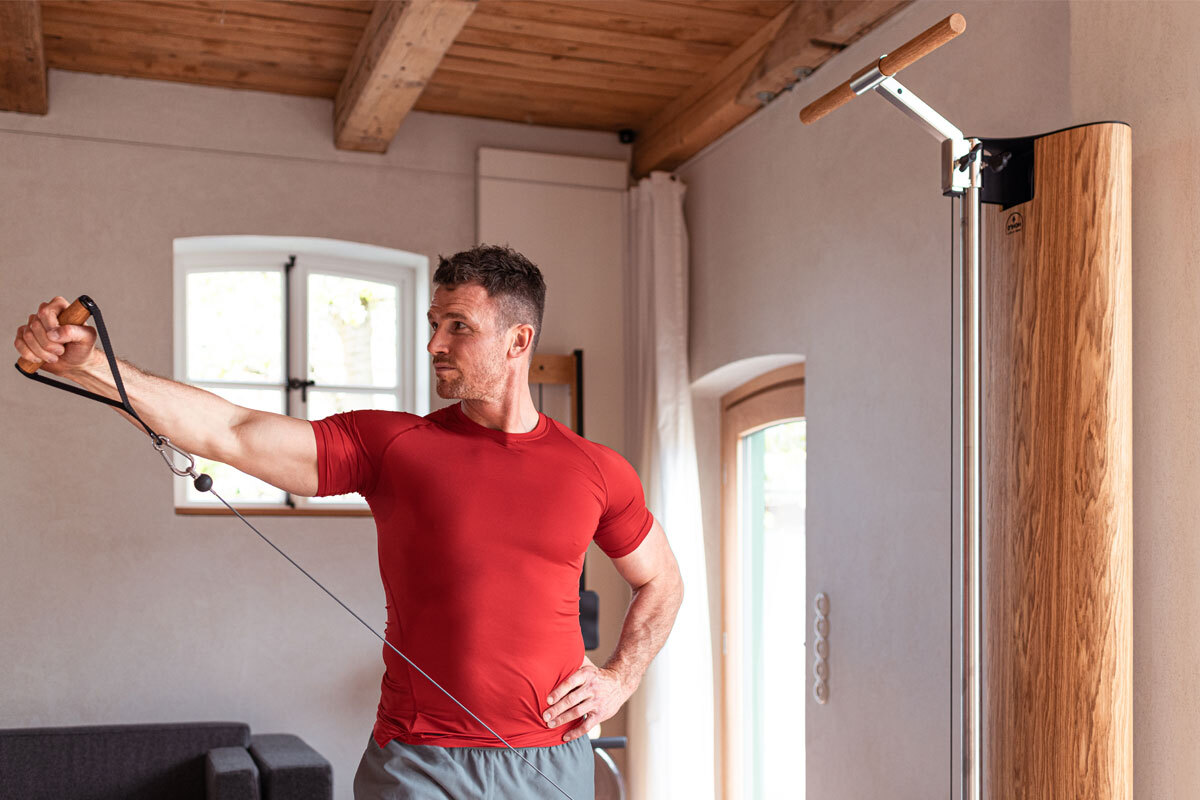
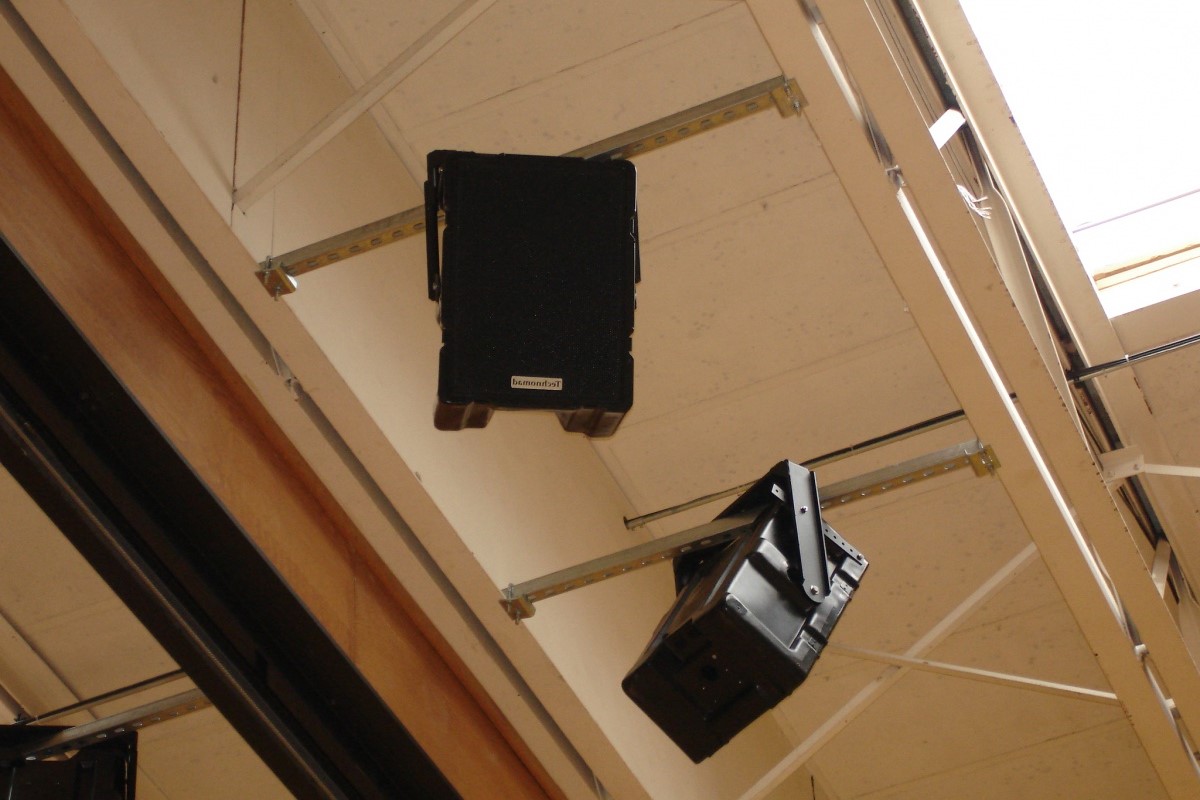

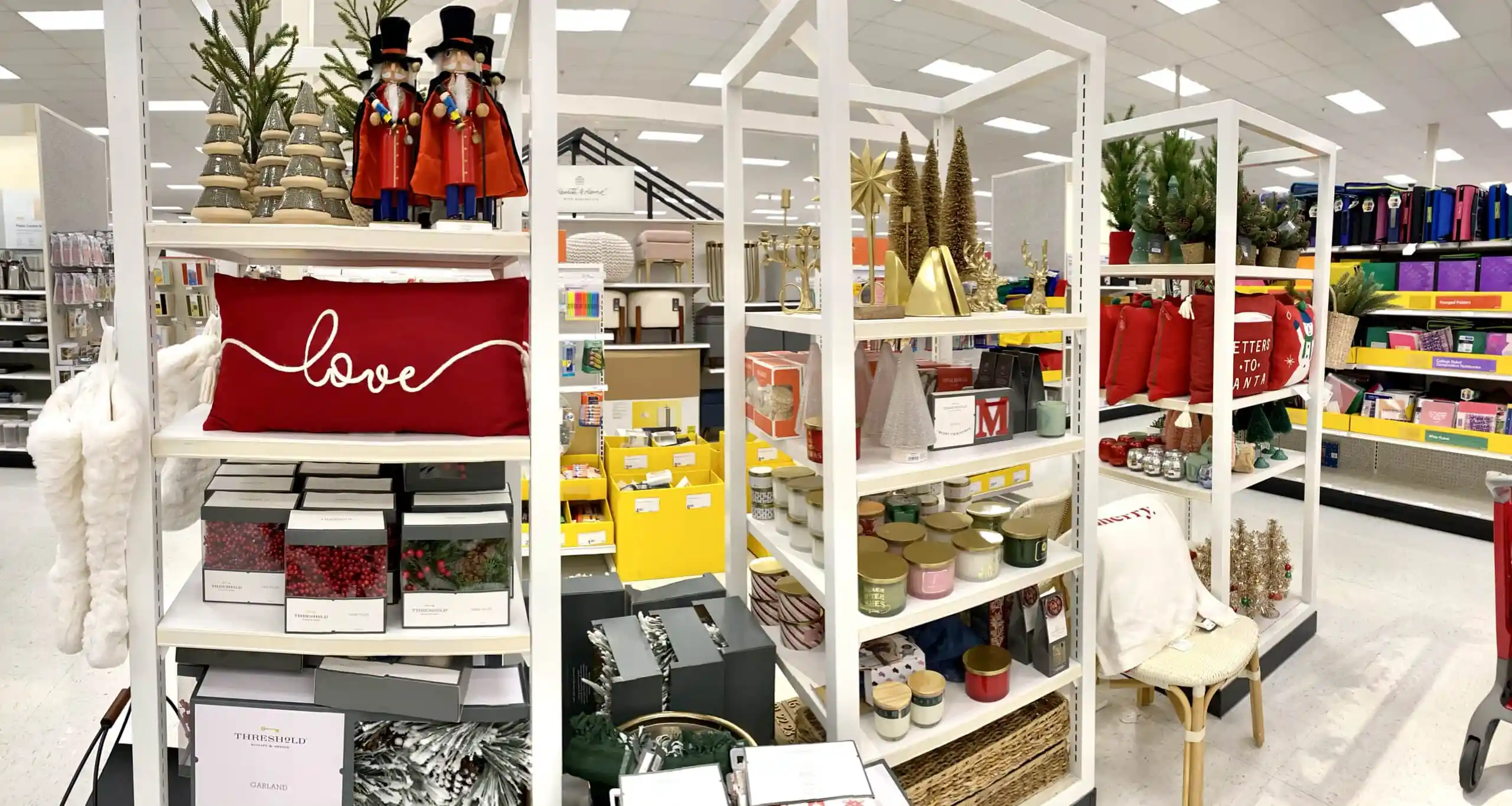
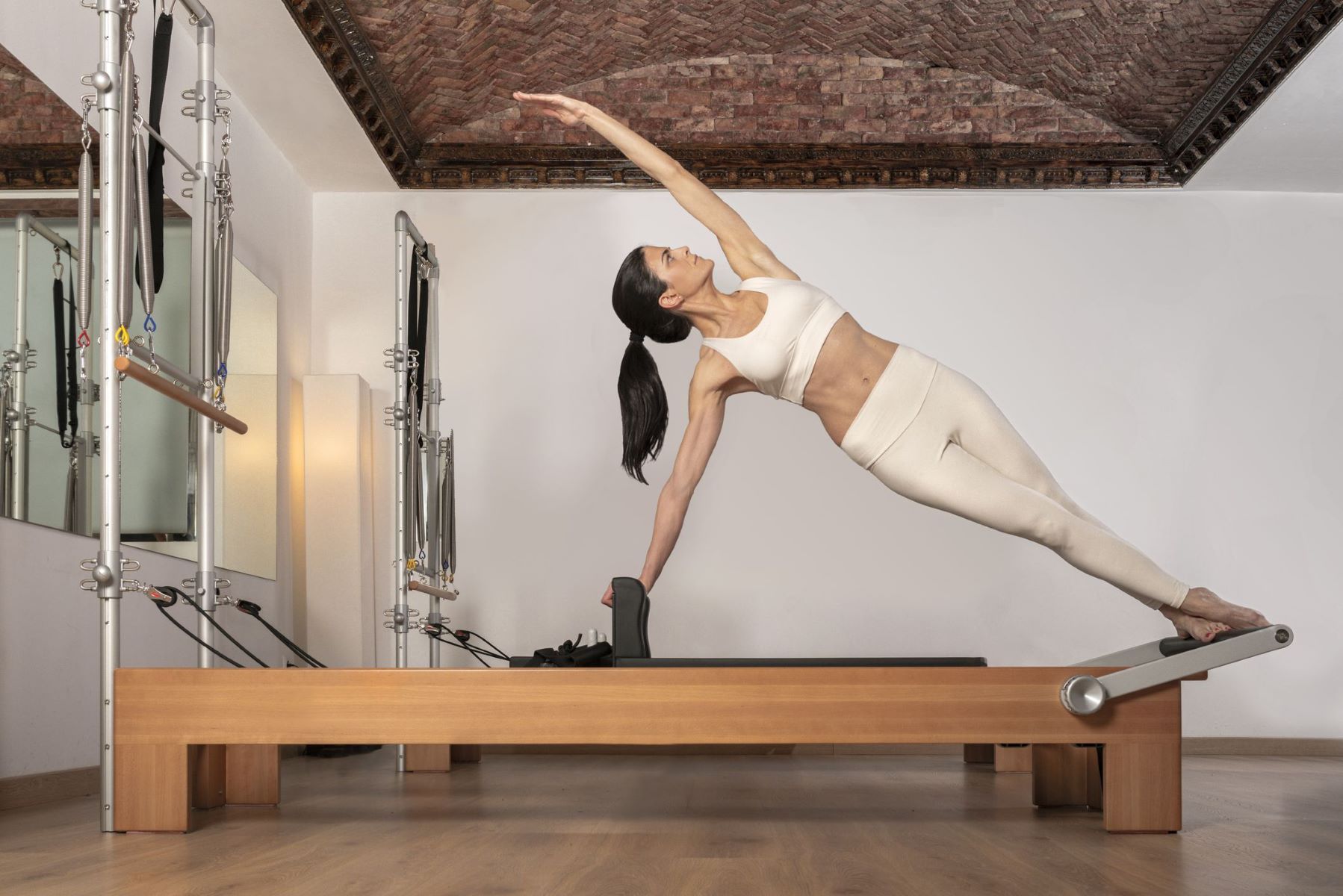
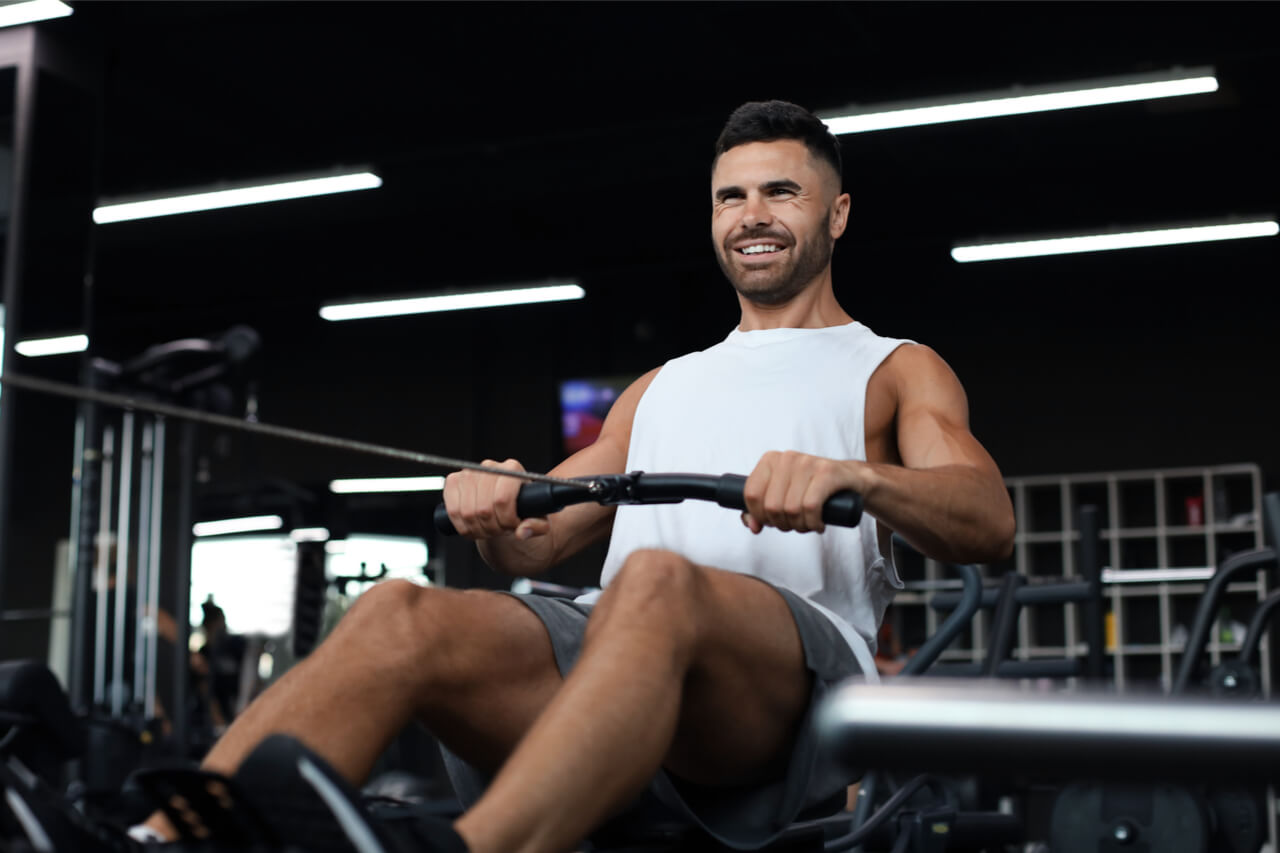
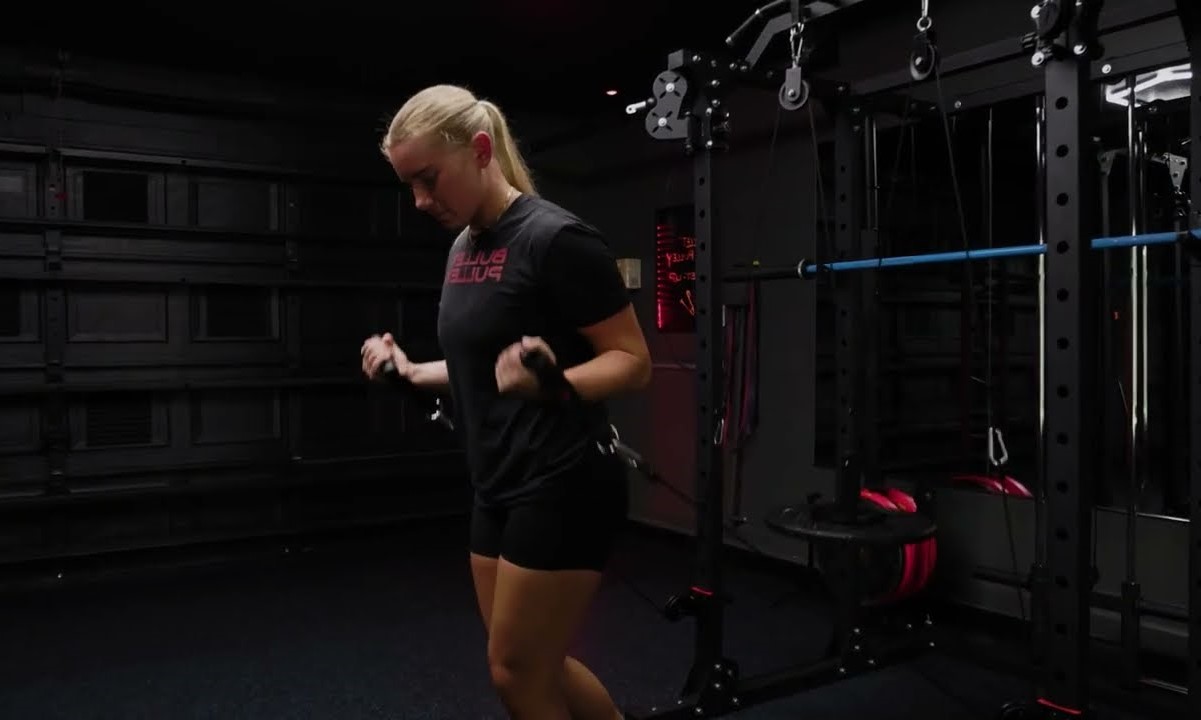

0 thoughts on “Home Gym Wall Ball Target: DIY CrossFit-Style Workout Station”